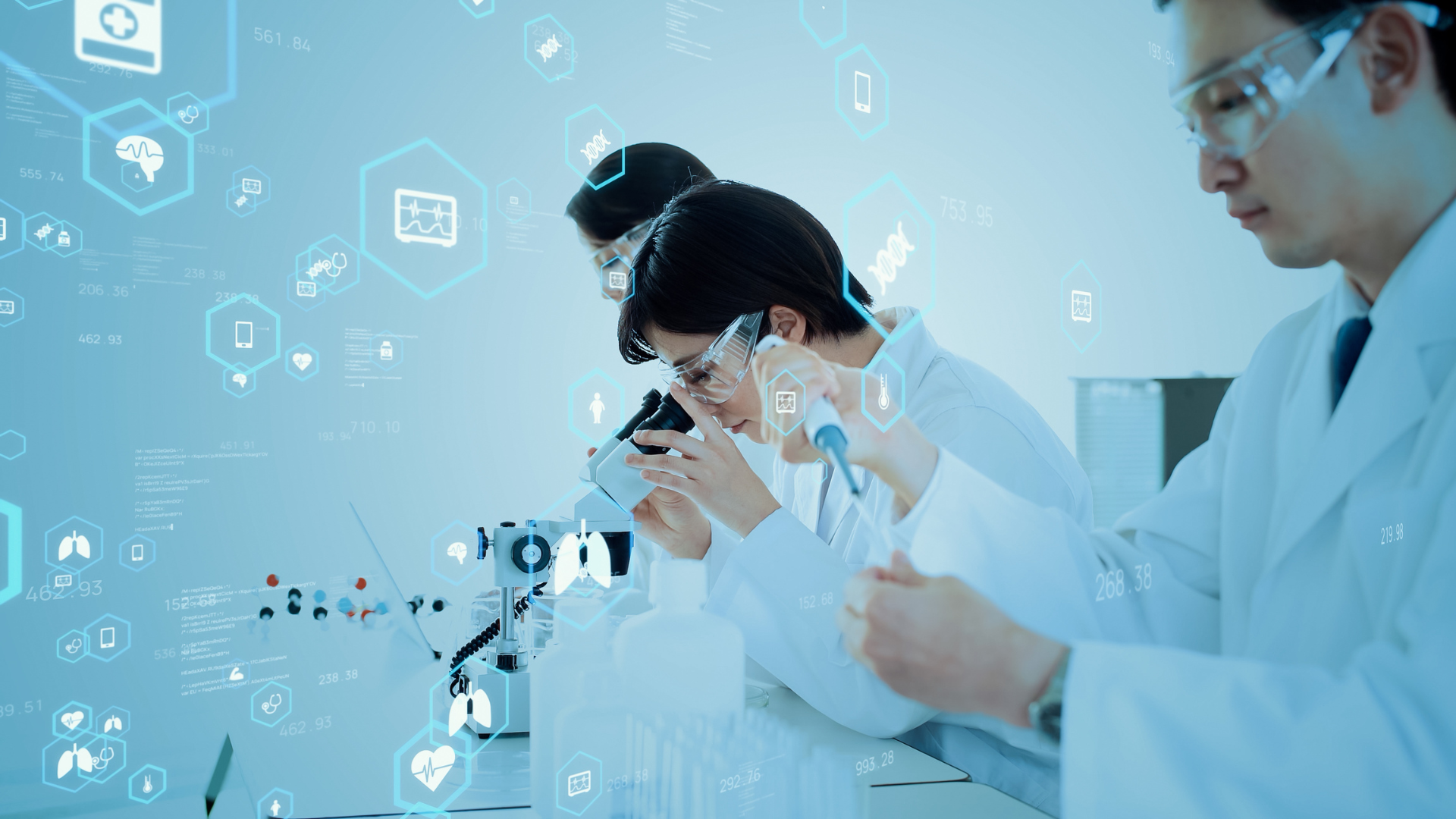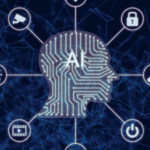Science and technology have always been intertwined, with each impacting the other in countless ways. In this blog post, I want to explore how this relationship is changing as we move into the future. By exploring both the positive and negative impacts of technology on science, hoping that it can provide readers with a deeper understanding of the way our world is evolving.
What is Science?
Science is the process of acquiring knowledge about the natural world through observation and experimentation. It is a way of understanding how the world works, and it helps us build things like airplanes and computers. Technology, on the other hand, is the application of science to solve problems or improve our lives. It can be used to create things like phones and cars.
Over time, these two fields have started to influence each other more and more. For example, scientists are now using technology to study things like spaceflight and genetics. And in turn, technology has allowed scientists to do things like explore new planets and sequence genomes faster than ever before.
This interaction between science and technology has created some amazing innovations over the years. But it also has its challenges. Scientists must be careful not to misuse technology too often because it can have unintended consequences. And vice versa: if science doesn’t keep up with advances in technology, we may not be able to solve some of the biggest problems facing our world today.
What is Technology?
Technology is a broad term that can refer to anything from computers and smartphones to aircraft and medical technology. It has been said that technology is the “lifeblood of civilization” and has helped advance human civilization by making life easier and more efficient.
One of the most important aspects of technology is how it helps scientists conduct their research. Advances in computer technology have made it possible for scientists to perform complex calculations faster than ever before. This has allowed them to study phenomena in greater detail and unlock new mysteries about the world around them. In addition, technology has also played a major role in advancing scientific understanding. For example, the development of MRI machines has allowed scientists to visualize the body in unprecedented detail. The utilization of MRI has not only enhanced our understanding of human anatomy but has also opened new avenues in the diagnosis and treatment of complex diseases such as cancer. Today, medical clinics worldwide like the ones offering diagnostic medical imaging in West Orange, leverage these cutting-edge technologies to provide more accurate diagnoses and to formulate more effective treatment plans, marking a monumental leap in the field of healthcare.
Similarly, advances in medical device technology have unlocked new capabilities for healthcare. Take for example, implantable devices. They can now continuously monitor a patient’s vital signs and deliver therapies as needed without requiring active patient participation. Pacemakers with leadless capability allow cardiologists to regulate heart rhythms while avoiding potential complications associated with leads. Neurostimulation devices can target specific nerves to block pain signals or restore motor function in paralyzed limbs.
Even diagnostic and monitoring devices have seen great innovation, such as home-use blood testing kits for managing chronic illnesses. These convenient at-home options allow patients to easily track health metrics while avoiding unnecessary visits to the clinic. This concept has extended to hearing loss treatment with the arrival of Bluetooth-connected OTC Hearing Aids that enable remote tuning by audiologists. By connecting to a smartphone app, the hearing aids can be programmed to amplify certain frequencies and filter background noise automatically to match the patient’s hearing needs in any environment. This advancement empowers patients to conveniently manage their hearing health from home while staying connected to their audiologist.
The integration of connectivity and intelligence into medical devices will likely transform patient care in the coming years. Patients can expect closer, more personalized management of health conditions without the hassle of in-office visits for every small adjustment. Healthcare providers also benefit from the influx of patient data to inform better diagnostic and treatment decisions.
Overall, technology has played an essential role in both advancing science and improving human lives across the globe. It is clear that there is no stopping its continued growth and impact on society as a whole!
How do they interact?
The interaction between technology and science is a symbiotic relationship that has both positive and negative effects on both fields. On the one hand, technologies like computers and smartphones have facilitated the scientific process by allowing researchers to collect data more quickly and easily. However, this same ease of use also allows for fake news and other forms of misinformation to spread more easily, damaging the credibility of science. In addition, new technologies can sometimes have unforeseen consequences that scientists need to take into account when conducting their research. For example, genetic engineering can result in unforeseen side effects that scientists need to monitor carefully.
Overall, the interaction between technology and science is complex and dynamic, with both fields constantly evolving in response to each other.
What are the implications of this interaction?
Technology is affecting science in a number of ways. For example, the way that technology is used to collect data has had an impact on how scientists study the world around them. Also, new technology is being developed all the time that changes how scientists do their work. In some cases, this has led to scientific discoveries that would not have been made otherwise.
One of the most obvious ways that technology is affecting science is through the way that researchers collect data. Traditionally, scientists have used tools like telescopes and microscopes to get information about the world around them. However, these tools are not always reliable or accurate. For example, a telescope can be affected by wind and weather conditions, which can affect its ability to make accurate observations.
In response to this problem, some scientists have started using technology such as satellites and drones to collect data. Drones are particularly useful for this purpose because they can fly in difficult environments and remain stable even when subjected to changing conditions. This has allowed scientists to gather a large amount of data very quickly, which has helped them make more accurate observations.
Another major implication of science and technology is in the aerospace industry. The aerospace sector stands at the threshold of revolutionary progress, with groundbreaking innovations in advanced materials, electric and hybrid propulsion, and autonomous aircraft poised to reshape the aviation landscape. These technological breakthroughs are poised to facilitate enhanced efficiency, greater environmental sustainability, and more economical operations. Enterprises that wholeheartedly adopt these cutting-edge advancements will secure a competitive advantage by providing solutions that are not only safer and faster but also significantly more sustainable. Space exploration would not be possible without the aerospace supply chain, through which the trade of resources between countries is possible.
Another way that technology is affecting science is through the way that researchers study cells and molecules. Until recently, scientists would use methods such as chemical analysis to probe cells and molecules inside of them. However, this process was often slow and tedious, which made it difficult to get an accurate picture of how cells work.
Yet another sector is healthcare. Technology is profoundly transforming healthcare by improving patient care, enhancing medical research, and increasing efficiency. Electronic health records (EHRs) streamline data management and enable healthcare providers to access patient information more easily, reducing errors and improving treatment. Telemedicine and remote monitoring allow patients to access medical expertise and manage chronic conditions from the comfort of their homes, increasing access to care. Additionally, AI and machine learning are revolutionizing diagnostics, enabling early disease detection and personalized treatment plans. In lieu of these new medical developments, there’s also been an increase in companies that create technology-enabled medical tools and products, thereby expanding the medical market. You can Learn more about healthcare market research and find out how this industry is growing.
The Future of Science and Technology
Science and technology are constantly interacting with each other, shaping one another in ways we cannot yet predict. Here are three ways in which this interaction is changing the future of both disciplines.
The Impact Of Technology On Science
One of the most striking examples of how technology is impacting science is the rise of big data. Huge collections of data have led to new discoveries in fields like astronomy and statistics, as scientists can now analyze vast amounts of information more quickly and effectively than ever before.
The Impact Of Science On Technology
On the other hand, advances in technology have also had a dramatic impact on how scientists conduct their research. Nowadays, they can use computers and other electronic devices to collect data and analyze it more efficiently than ever before. This has allowed researchers to develop groundbreaking new technologies much faster than ever before.
The Intersection Of Science And Technology In New Areas
Another way that technology is impacting science is by opening up new areas for exploration. For example, computer graphics have allowed scientists to create detailed images of objects that would previously have been impossible to see or study in detail. This has led to breakthroughs in fields like medicine and architecture, among others.





